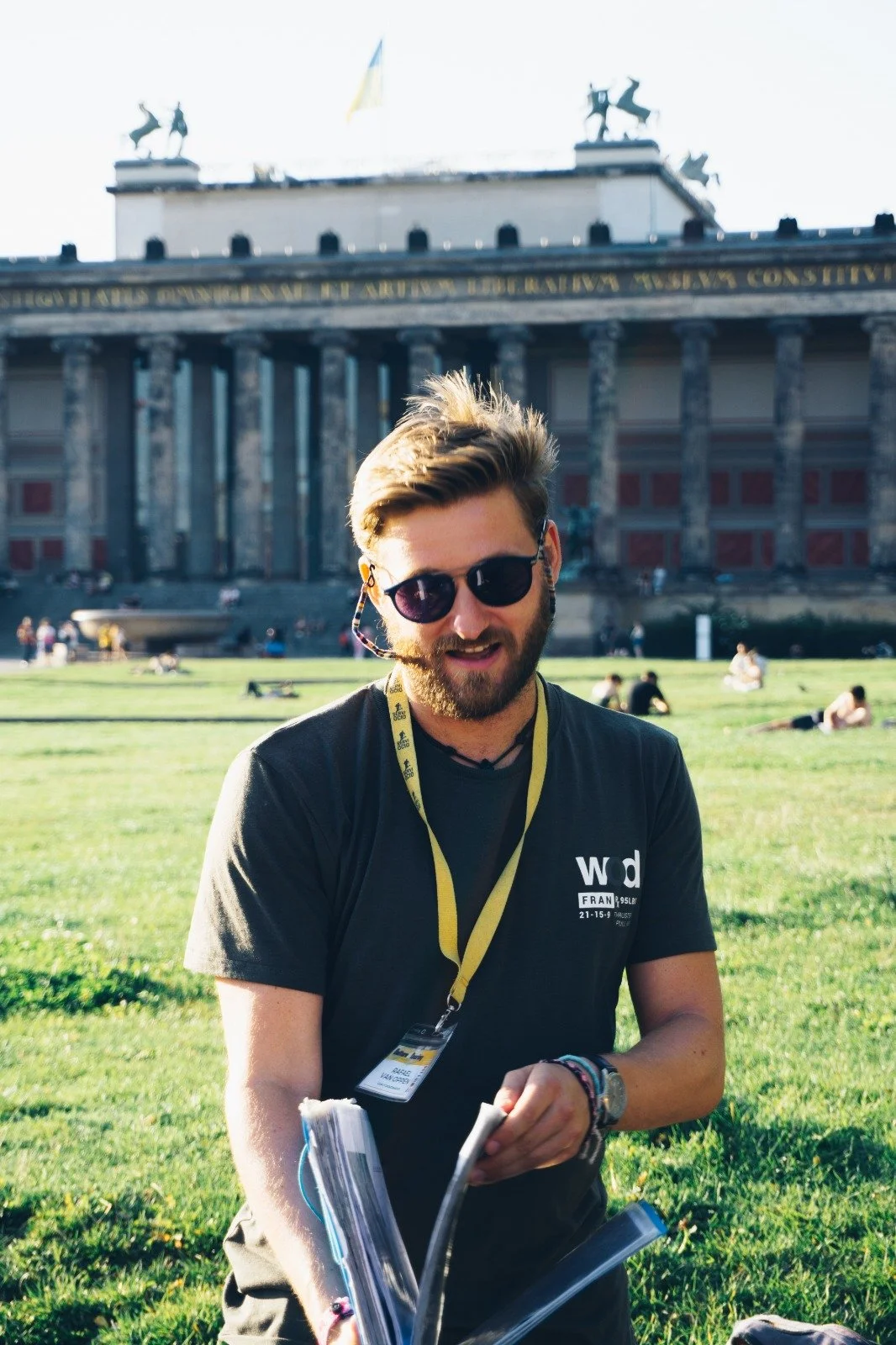
Street Art & Graffiti
Back when the Berlin Wall still divided the city in the 1980‘s,
the first tagging crew started marking their territory in the city’s southern Kreuzberg district and the Berlin Wall’s Western side began to serve as the canvas for comments, tags and illegal murals. In the last few years, Berlin has become a true magnet for street and graffiti artists from around the world, including Banksy, Blu, Space Invader, Victor Ash, and many many more. Even decades after the end of the Cold War and even longer since the end of WWII, the cityscape left behind by these conflicts still
provides artists with room for self-expression and powerful political statements. Berlin’s abandoned spaces, its streets, its empty plots of land and bare walls have become populated with a kaleidoscope of murals, graffiti, stencils, paste-ups, guerrilla knitting and more. Whether they consider themselves sprayers, graffiti writers or street artists, all can count on an evergrowing audience among Berlin’s residents and the tourists who flock here to see their work.
Tour
Highlights
-
The courtyard is filled with fresh and constantly changing street art, but within the increasingly glossy facades of Berlin Mitte, the cultural ensemble’s colourful, but dilapidated facade is one of the last reminders of the experimental and alternative cultural spaces that mushroomed in East Berlin in the 1990s.
-
The ruin of a former department store in Berlin Mitte that sadly since 2012 is closed to the public. From outside one still gets a glimpse of the first building in East Berlin to be squatted by an artist collective, a group which successfully blocked the buildings demolition in 1990. For two decades filled with several art studios, a cinema, a bar and concert venue, the remaining ruin still features a variety of old and new street art pieces, large and small – awaiting its demolition in the not so distant future.
-
An ensemble of buildings and lots once used by the German railway for train maintenance and repairs, side by side with the tracks headed East, now home to several clubs, street art galleries, bars, studios, boulder halls and start ups, all united by a colourful street art tapestry. Brimming with people during Berlin’s summer nights.
-
The longest remaining stretch of the Berlin Wall, painted in its entirety after its fall by more than a hundred international artists in the summer of 1990.
-
Kreuzberg 36 – The district referred to as Kreuzberg 36 is filled with some of the most prolific murals of Berlin. Some of them are closely connected to the initiative of Backjumps, a graffiti fanzine started in 1995. Its festivals invited artists from all over the world such as BLU or ASH. Artists met in Berlin and left behind signature pieces.
AVAILABLE GUIDES:











